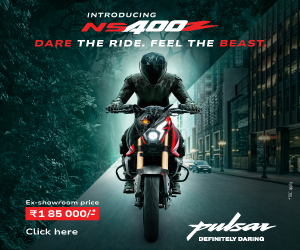 Rossi hopes to be fully fit before the Malaysian official test
Rossi hopes to be fully fit before the Malaysian official test
Seventy-three days after undergoing surgery on his right shoulder, The Doctor returned to the track at Misano Adriatico aboard a Ducati 1198 Superbike. The purpose of the test was to ascertain the status of his shoulder which, though recovering nicely, is still quite painful, just a few days ahead of the first test in Malaysia with the Desmosedici GP11.
“First of all, thanks to Filippo (Preziosi) and to Ducati, who organized this test,” said Valentino Rossi. “Misano Circuit let us use the track on a day when Mattia (Pasini) was planning to ride in order to confirm his own condition. The track more or less confirmed what we expected: the shoulder is painful—especially under braking, when the front area hurts, where they stitched the tendon. Movement is stable enough, and we’re also doing not so bad with endurance, but apart from that, it hurts a lot and isn’t very strong. Let’s hope it gets a little better in these next few days before the test in Malaysia. Once we’re there, we’ll work with the riding position in an effort to make the most of the situation and collect important information with the Desmosedici, even though I’m not in top form. Today I did a total of 25 laps on the 1198 Superbike, which is sort of a ‘historic’ motorcycle for Ducati: beautiful and fast. I liked it!”
Here’s wishing Rossi all the best for the upcoming MotoGP season.

 Rossi goes red at Wroom
Rossi goes red at Wroom
 Why is it that powertrain evolution in motorcycles has not kept pace with that in motor-cars? Were attempts made to devise bikes with front-wheel or both-wheel drives? Intrigued by these questions, Piyush Sonsale decided to dip into motorcycle history. As he garnered fascinating information, he also got in touch with companies involved in such innovations overseas to get a complete picture
Why is it that powertrain evolution in motorcycles has not kept pace with that in motor-cars? Were attempts made to devise bikes with front-wheel or both-wheel drives? Intrigued by these questions, Piyush Sonsale decided to dip into motorcycle history. As he garnered fascinating information, he also got in touch with companies involved in such innovations overseas to get a complete picture 














